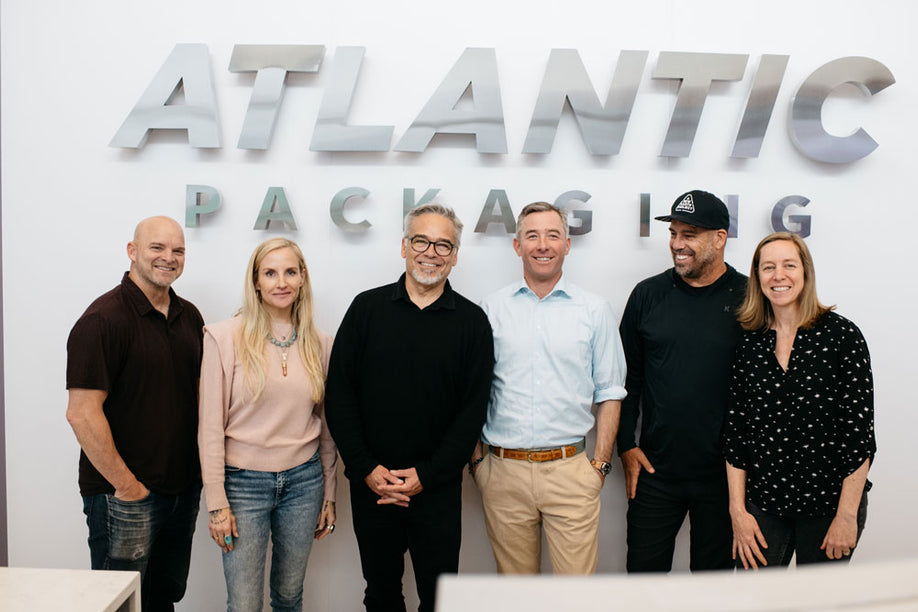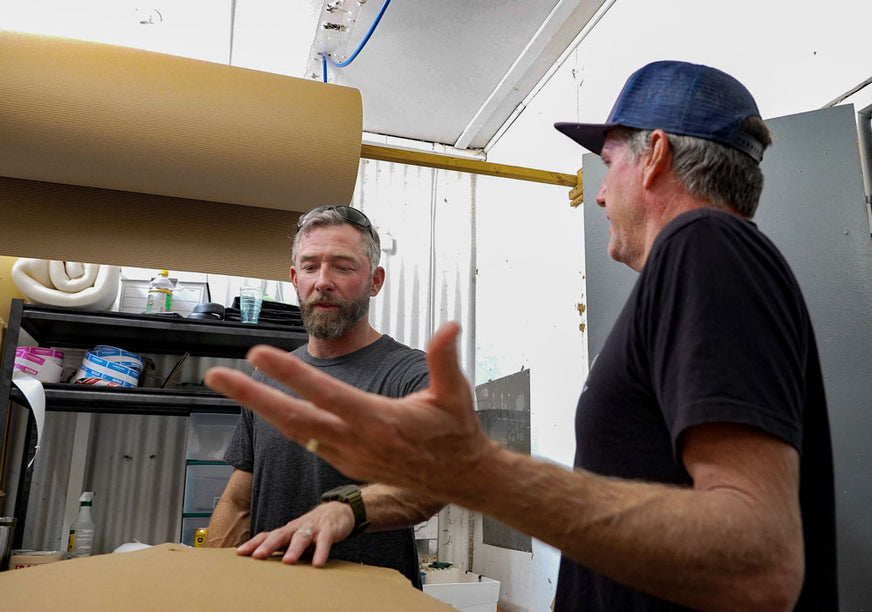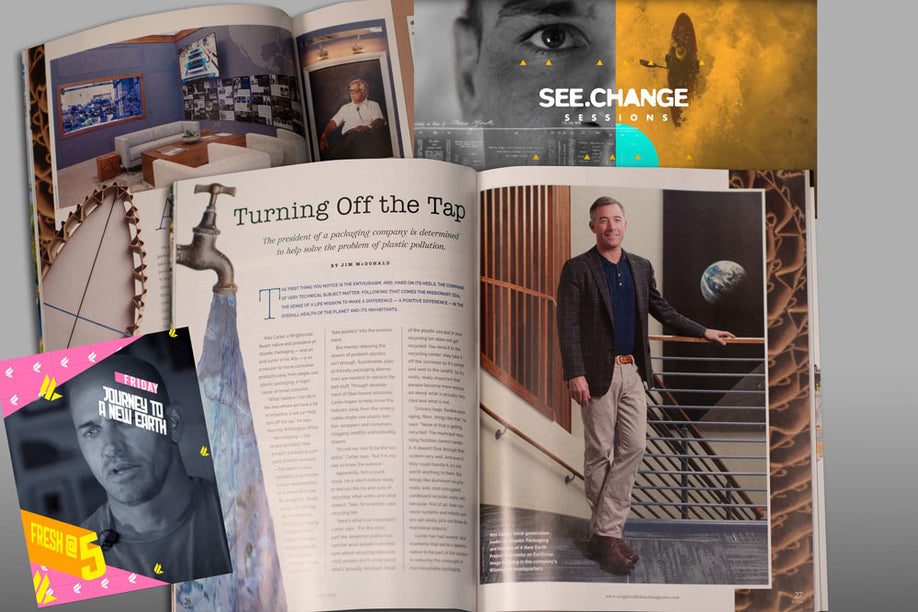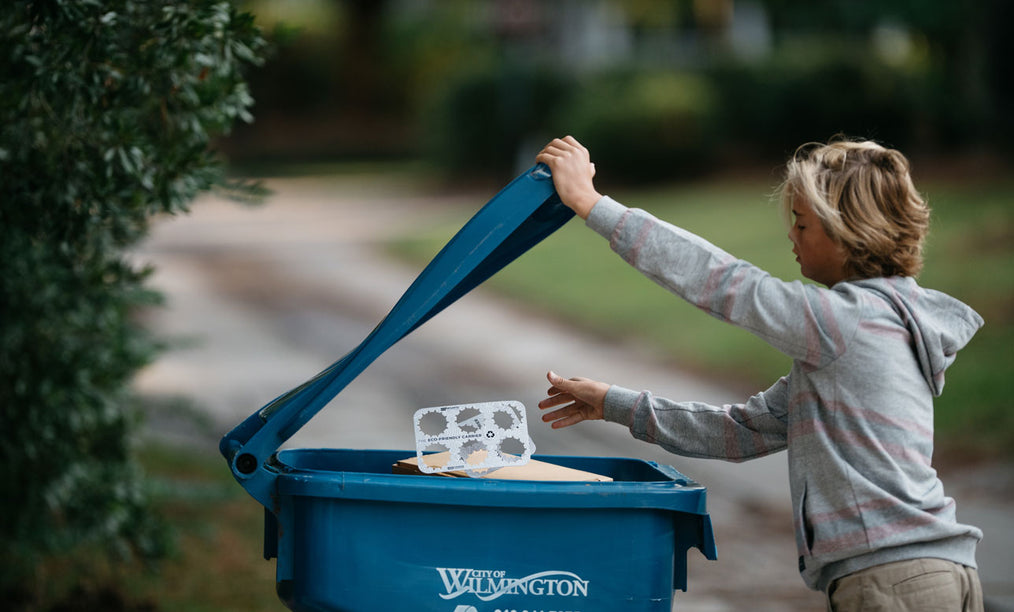The Recycling Reset
It's Way Past Time to Match our Broken Recycling System to Real World Realities.
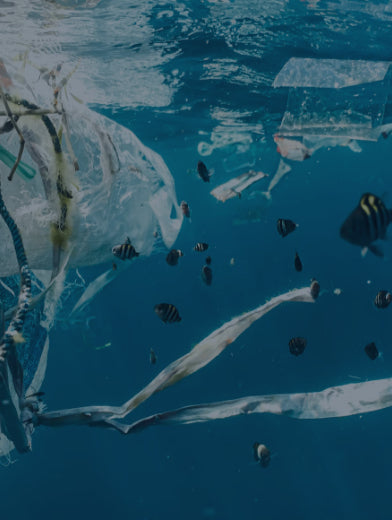
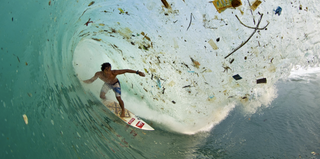

A Functional Recycling System Demands These 5 Essentials
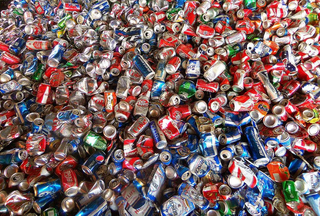

The Recycling Reset, Step 1: Begin with End Markets in Mind
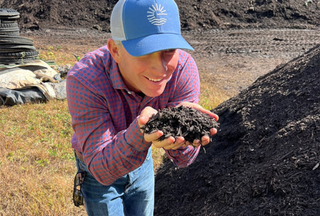

The Recycling Reset, Step 2: Solving the Separation Anxiety Issue for Waste Streams
Reality Check: Plastic isn't the Enemy...Problematic Plastics Are
Over the past 80 years, one undeniable fact is plastics have been a key driver of human advancement and wellbeing. That phone. Those clothes. That furniture. Your car. Your computer. Those medicines. That food. It's impossible to escape plastics today. But in our unquenchable thirst for convenience we've proliferated the overuse of problematic single-use plastics that - regardless of the label - are not recyclable or compostable, and these problematic plastics are having a devastating impact on our environment and all creatures in it. The great challenge of this century will be decoupling the advancement of human flourishing from its ecological impacts.


The Recycling Reset, Step 3: Why Truth in Labeling is Essential for Restoring Efficiency, Effectiveness, and Trust


The Recycling Reset, Step 4 - The Education Overhaul



